Introduction

Allergens, those pesky environmental triggers, can wreak havoc on our well-being. Understanding different types of allergens and where they lurk is the first step towards effective allergy prevention and management. This article sheds light on common allergens, including both the usual suspects and hidden culprits lurking in your home.
Common Airborne Allergens
Dust Mites: These microscopic creatures thrive in our beds, carpets, and furniture. Their shed skin and waste particles trigger allergic reactions like congestion, runny nose, and coughing. Regularly cleaning and maintaining a clean and dry environment discourages dust mites.
Pollen: The reproductive particles of plants, pollen travels through the air, causing seasonal allergies for many. Symptoms like sneezing, itchy eyes, and a runny nose are common. Limiting outdoor activities during peak pollen seasons and using air purifiers indoors can bring relief.
Pet Dander: Protein fragments found in pet skin flakes (dander) can trigger allergies. Minimize exposure by regularly cleaning pets, maintaining good ventilation, and using air purifiers.
Hidden Indoor Allergens
Volatile Organic Compounds (VOCs): These chemicals evaporate from building materials, furniture, cleaning products, and paints. While some VOCs have noticeable odors, others may trigger allergic reactions. Improving ventilation, choosing low-VOC materials, and minimizing the use of harsh chemicals can reduce exposure.
Semi-Volatile Organic Compounds (SVOCs): Unlike VOCs, SVOCs slowly release into the air from plastics, furniture, and electronics. These can also trigger allergies and enter the body through dust inhalation. Opting for eco-friendly furniture and electronics, maintaining cleanliness, and improving ventilation can minimize exposure.
Conclusion
By understanding different types of allergens and their hiding places, we can take proactive steps to create a healthier environment. Regularly cleaning, maintaining good ventilation, using air purifiers, and choosing low-VOC materials can significantly reduce allergen exposure and alleviate allergy symptoms. Take charge of your indoor environment and breathe easy!

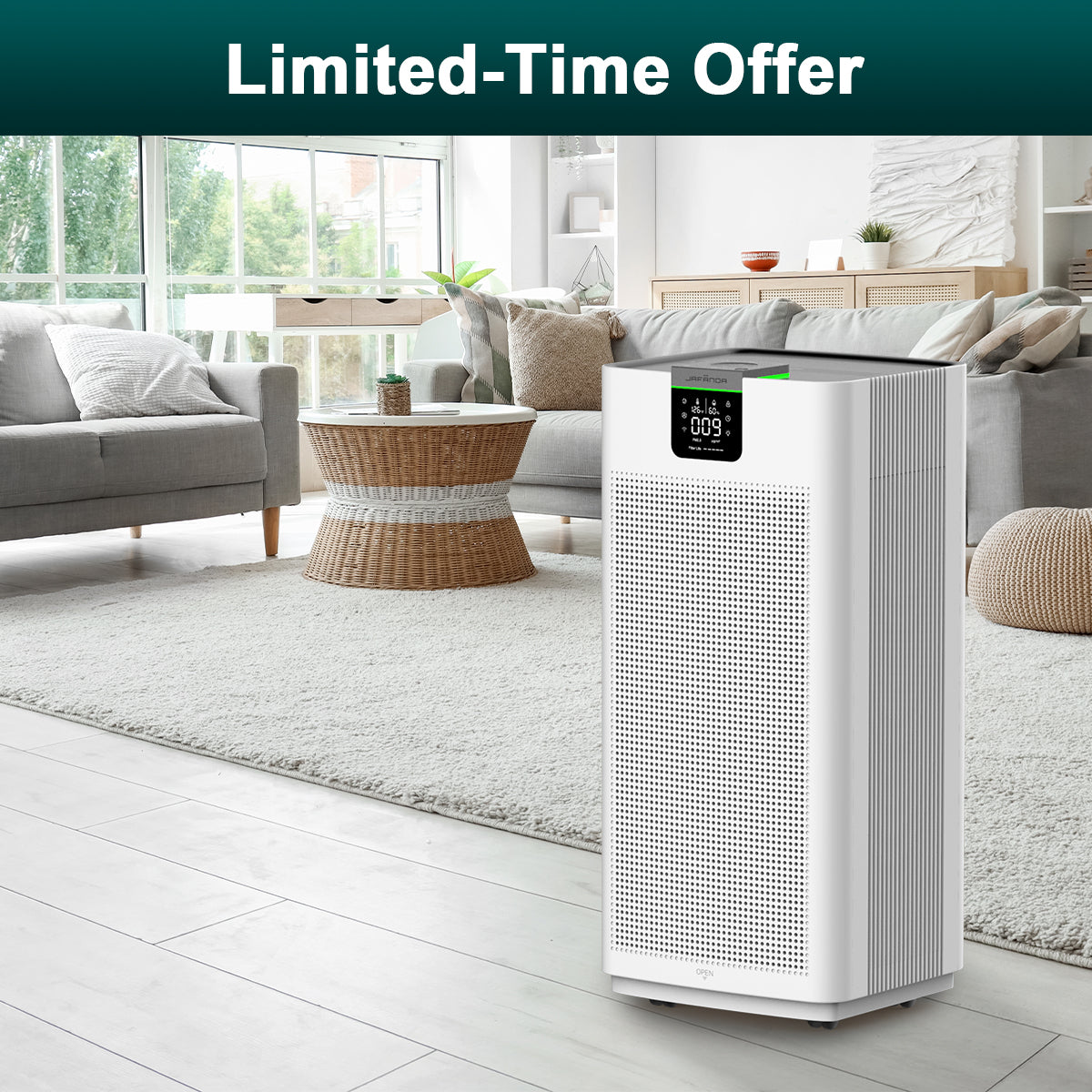
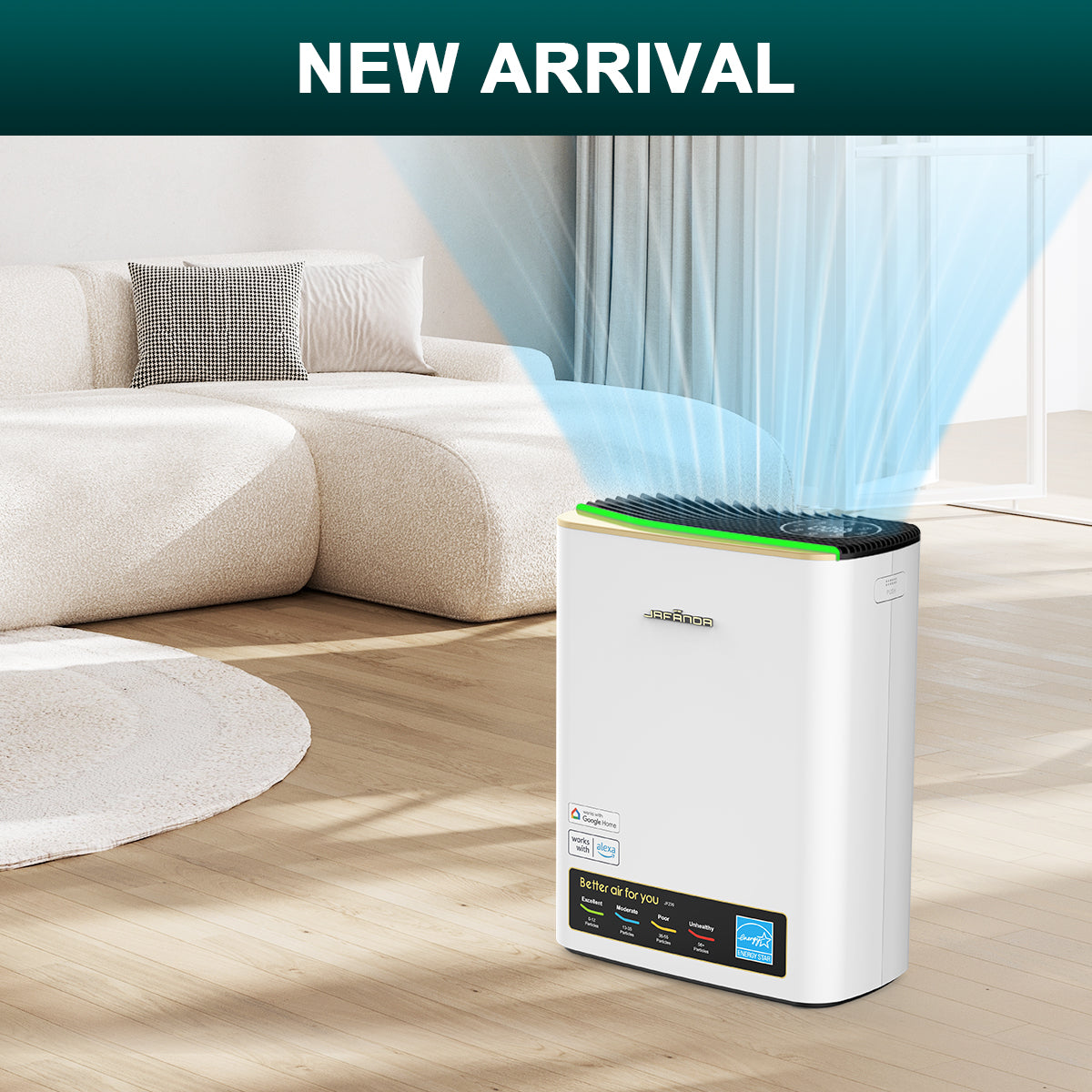

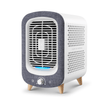
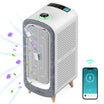
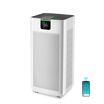


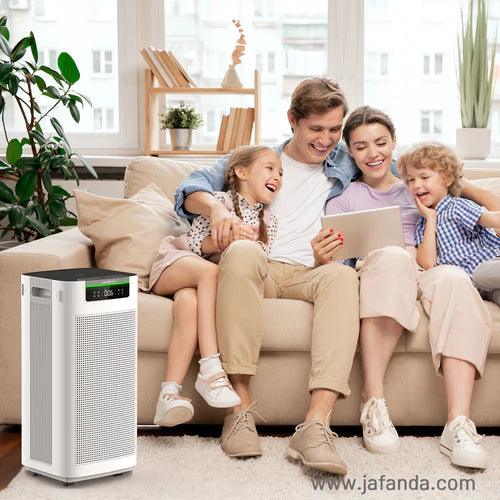
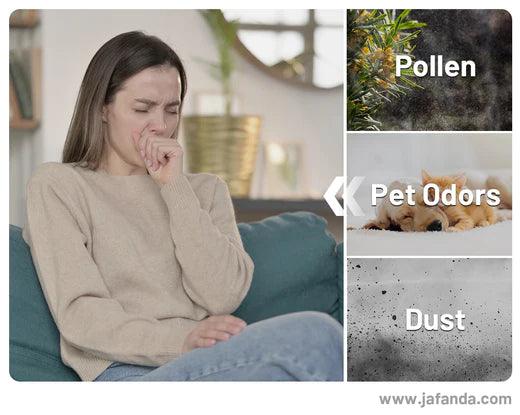
Leave a comment
All comments are moderated before being published.
This site is protected by hCaptcha and the hCaptcha Privacy Policy and Terms of Service apply.